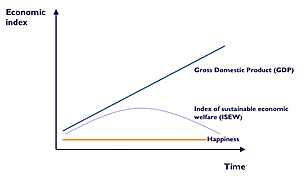Kevin Mercadante has a great review of Financial Engines on the Investor Junkie site. Here’s the key points I took away:
Founded in 1996, Financial Engines is a retirement plan advisory service for employees of participating employer retirement plans (which many online advisors work outside of).
They provide management services and advice so that either they can manage your plan, or you can do it yourself but armed with their information and input.
The service is made available through your employer plan, which is to say that it’s offered as an additional benefit — or in this case, a benefit within a benefit.
A very few employers make the service available to their staffs free of charge, but the range is between 0.20% and 0.60% of the value of your retirement portfolio, with the average being “just below 0.40%â€. Based on the average, the cost on a $100,000 401(k) plan would be just below $400 per year. This is the fee you will pay to Financial Engines while using their service. It does not include administrative fees paid to your account administrator, or transactions costs to trade and maintain securities and funds. As far as account minimums, there are none.
Services:
Analyze your retirement plan saving options
Consider expense ratios, sales loads, asset turnover, transaction costs, management style of individual fund investments, among other services
Provide you with a Progress Report showing your account balance, the potential value of your account when you retire, and the adjustments they’ve made to reflect your situation and market conditions
As you approach retirement, you get detailed Retirement Checkups with expert advisor representatives who can help you stay on track
Their Social Security Planner is a tool that can show you how to maximize your income from that source.
